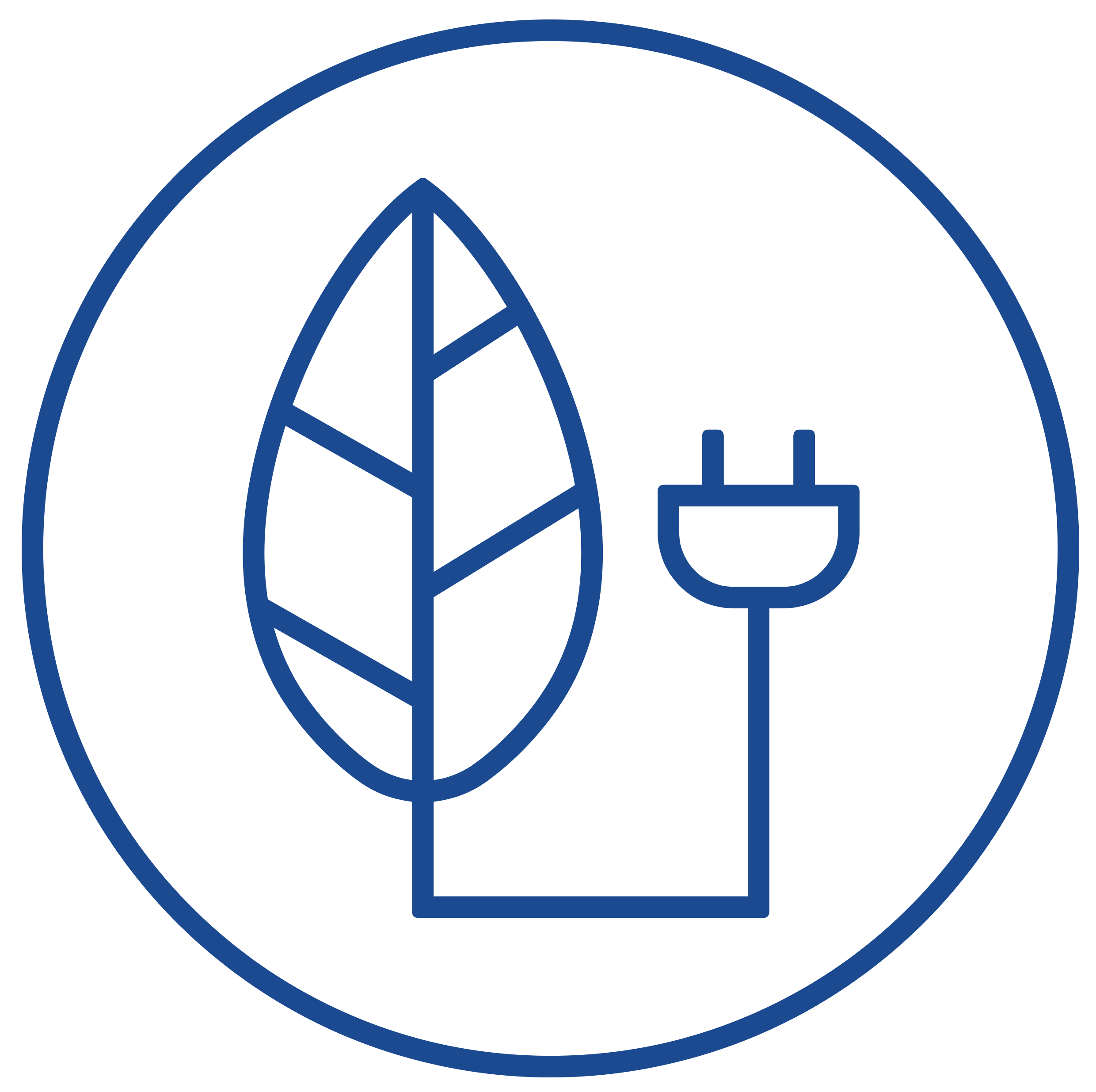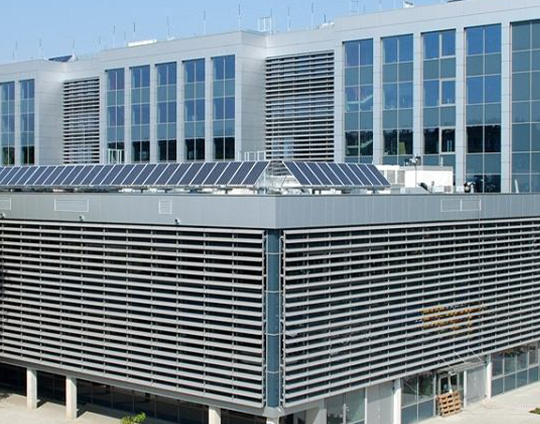Start - Aktualnosci
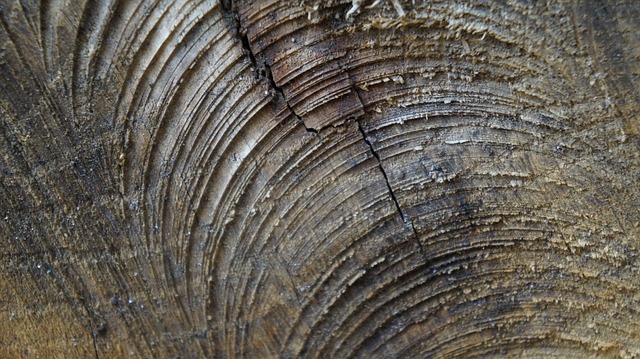
POB6. Zaproszenie na wykład w ramach Programu Inicjatywa Doskonałości – Uczelnia Badawcza: “From meeting the last Neanderthals to the nuclear tests — 14C record of our past and present”, 17.05.2023r., godz. 14:00.
Serdecznie zapraszamy wszystkich zainteresowanych na wykład dr Irki Hajdas z ETH w Zurychu pt.: "From meeting the last Neanderthals to the nuclear tests — 14C record of our past and present”.
Wykład odbędzie się w środę, 17.05.2023r. o godzinie 14:00 w Auli B Centrum Edukacyjno-Kongresowego, przy ul Konarskiego 18B. Organizatorem jest Zakład Geochronologii i Badań Izotopowych Środowiska Instytutu Fizyki CND. Wykład odbywa się w ramach realizacji programu projakościowego dotyczącego inwestycji w rozwój umiędzynarodowienia w ramach programu Inicjatywa Doskonałości - Uczelnia Badawcza.
Abstract
Title: From meeting the last Neanderthals to the nuclear tests — 14C record of our past and present.
Author: Irka Hajdas 1,2
1Laboratory of Ion Beam Physics, ETH Zurich, Switzerland
2Institute of Earth and Environmental Sciences & ECOTECH-COMPLEX, Maria Curie-Skłodowska University, Lublin, Poland
The cosmogenic and radioactive isotope of carbon 14C is used as a tracer and a clock. Analysis of carbon-bearing material provides information on the isotopic composition, i.e., the 14C/12C ratio. In the 2nd half of the last century, the method revolutionized archeology and environmental studies because it provided the much-needed chronometer for deposits of organic and inorganic carbon. Critical developments in human history such as migration, settlements, and cultural heritage) have been dated using 14C, as well as the environmental changes and events. The modern techniques allow 14C analysis on a molecular level, opening the field to new applications.
This lecture will give an overview of the potential to study the past and present environment. Anthropogenic activities have changed the 14C pools in nature and continue to do so. The combustion of fossil carbon contributes to global warming and the aging of the atmosphere (Suess effect). Radiocarbon analysis is an excellent tool for detecting fossil carbon, which can be used in environmental monitoring (fossil CO2 pollution, biofuels, and bioplastic). The other anthropogenic effect on natural 14C is the artificially (nuclear) produced 14C. Until recently, the excess produced in above-ground atomic tests (1952-1963) remained a characteristic signal of the post-1950 atmosphere. The so-called bomb peak has been used as a tracer and time marker, for example for the onset of the Anthropocene.
Serdecznie zapraszamy do udziału!
Aktualności
Pokaż wszystkie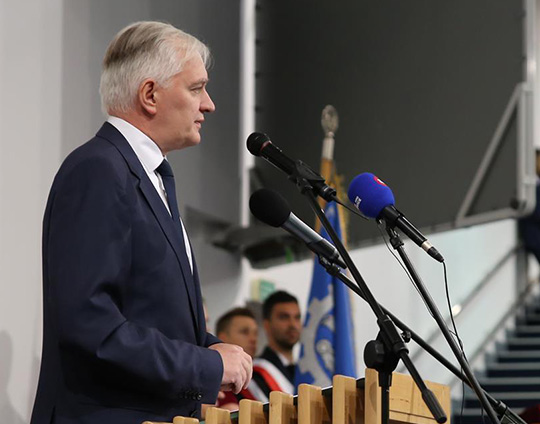
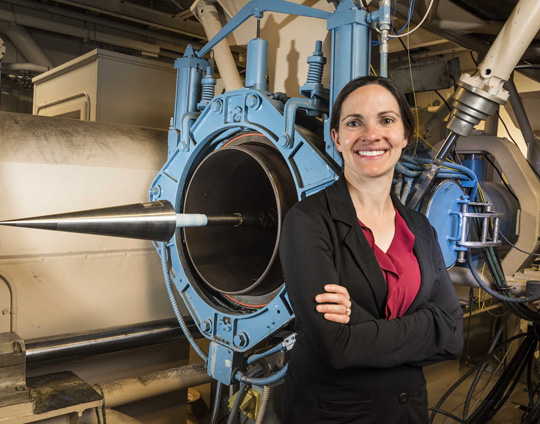
Więcej aktualności Mniej aktualności




